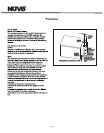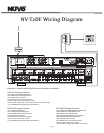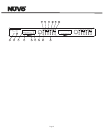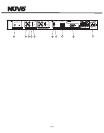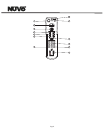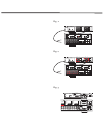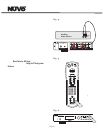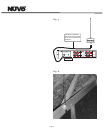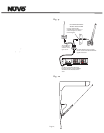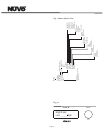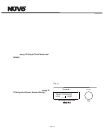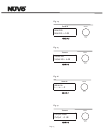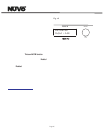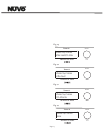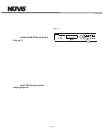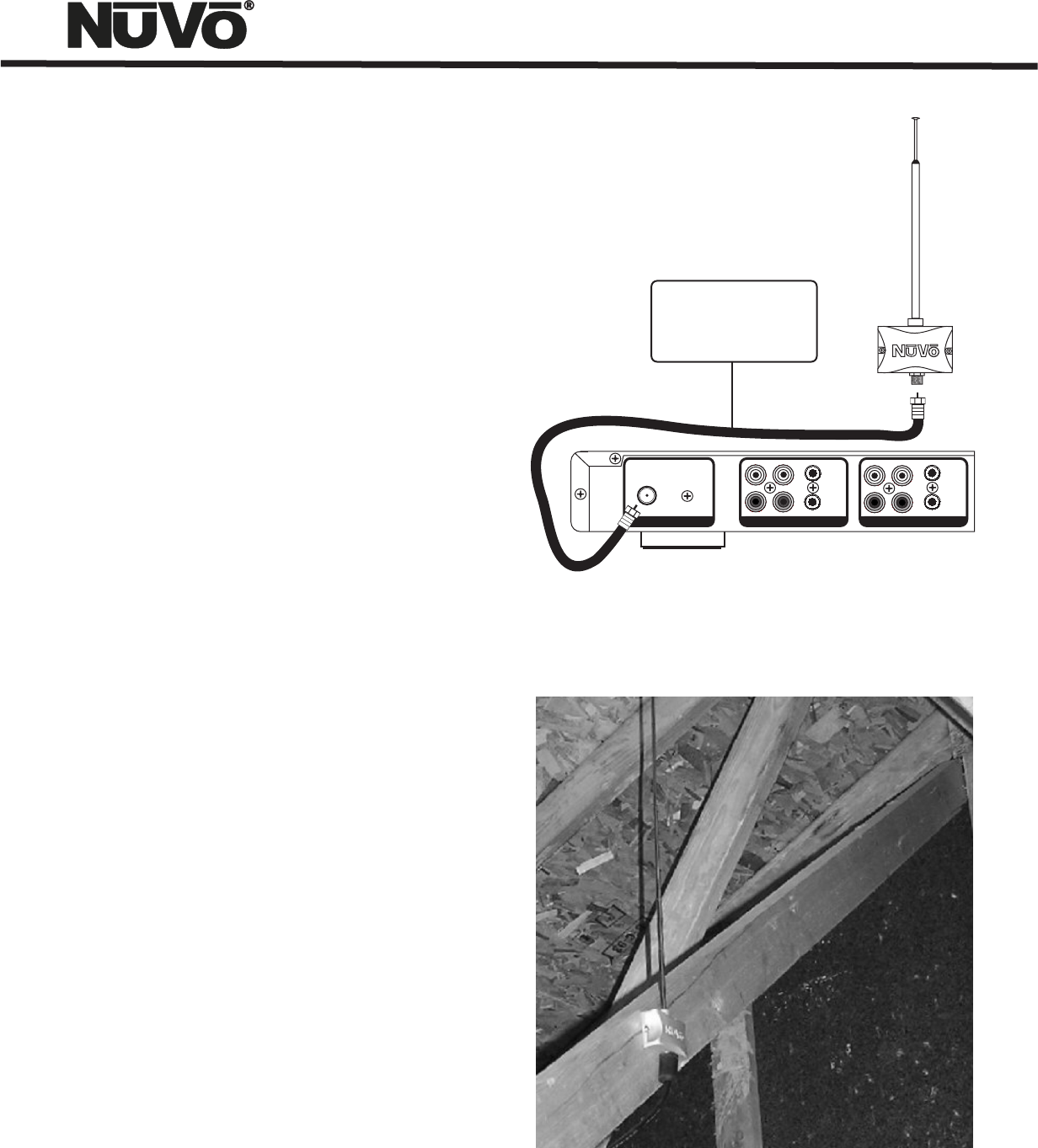
AM/FM Antenna Input
The T2 ships with a proprietary active AM/FM antenna. This
antenna is designed to work only with the NuVo T2 series
AM/FM tuners. It can be located up to 200 feet from the tuner
location, and we recommend 75-ohm RG 6 coaxial cable with a
standard F style connector on each end. Simply attach the
cable to the connector at the bottom of the antenna, and into
the “Antenna Input” on the T2, fig. 7. Once connected, the T2
should immediately receive broadcast signals and RDS (Radio
Data Service) when it is available.
We recommend placing the antenna inside in an attic or as
high as possible for the best possible AM and FM reception,
fig. 8. A 2 meter (6 foot) pre-terminated coaxial cable is
provided with the tuner package for testing the antenna
connection or if you choose to place the antenna close to the
tuner location.
L
L
OUTAUX IN
R
R
TRIGGER
ON=+12V
AUDIO
OUTPUT
TUNER B TUNER A
OUT
AUDIO
OUTPUT
ANTENNA INPUT
IN
USE ONLY NuVo
NV-T2PAS
POWERED ANTENNA SYSTEM
TRIGGER
ON=+12V
AUX IN
Fig . 7
Fig . 8
Page 11
The NuVo amplified
antenna can be located
up to 200 feet from the
T2 Tuner.
XM Antenna Input
The proprietary active XM antenna shipped with the XM model
tuners is connected in the same way as the AM/FM antenna. A
single run of RG6 coaxial cable is necessary for the signal for
both XM tuners in the case of the dual XM model or AM/FM and
XM model. For best performance it is best to use a good quality
quad-sheilded cable.
The AM/FM and XM model tuner requires the use of the NV-
AAC signal combiner to bring both the AM/FM and XM signals
to the tuner, fig. 9.
An XM signal attenuator, part number NV-PPFAM6, is included
in the XM package. This allows for a cable length less than 80
feet. Without this attenuator, the XM signal will overpower the
receiver. The attenuator should be located at the back of the
tuner at the antenna input for the dual XM model (NV-T2DX) or
at the XM side of the AM/FM and XM signal combiner (NV-
T2FXC) for the combination XM/AM/FM model (NV-T2FX), see
fig. 9.



